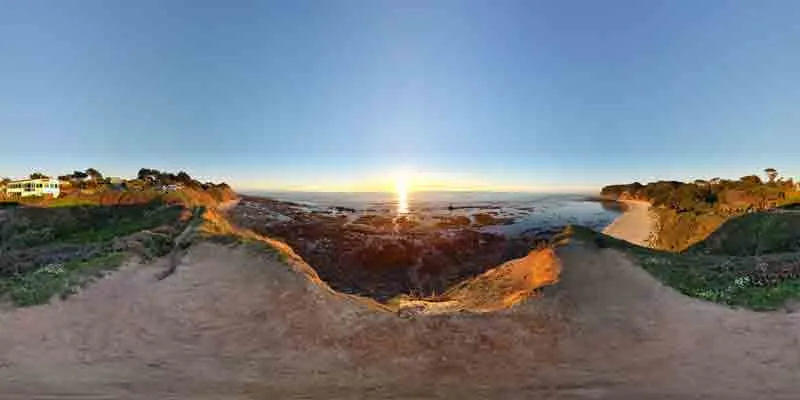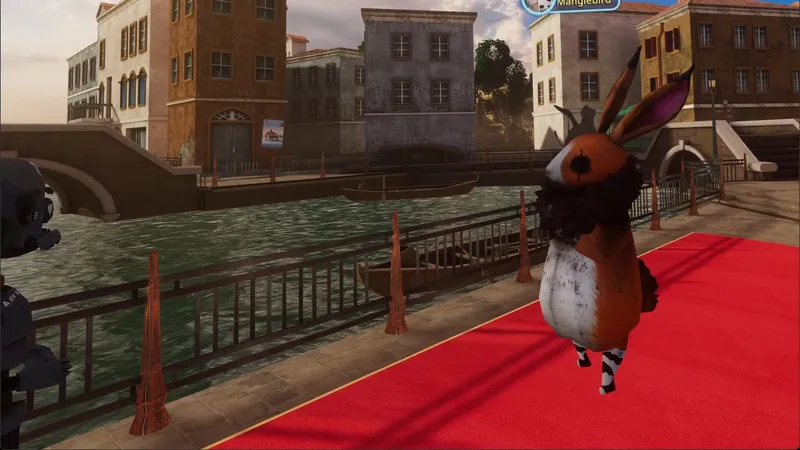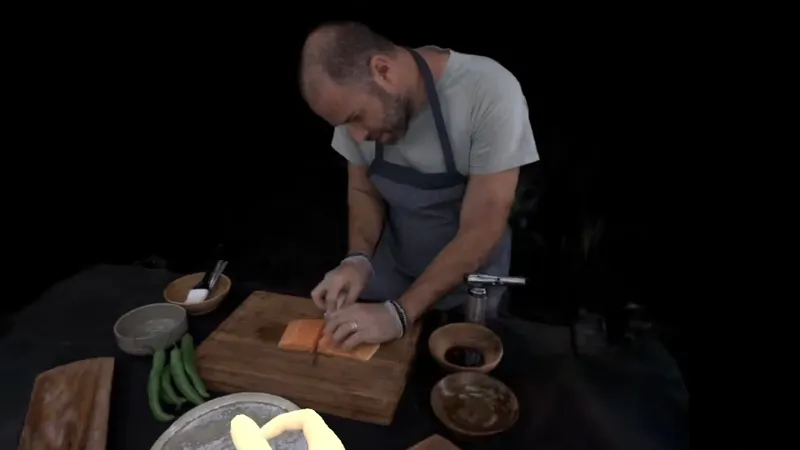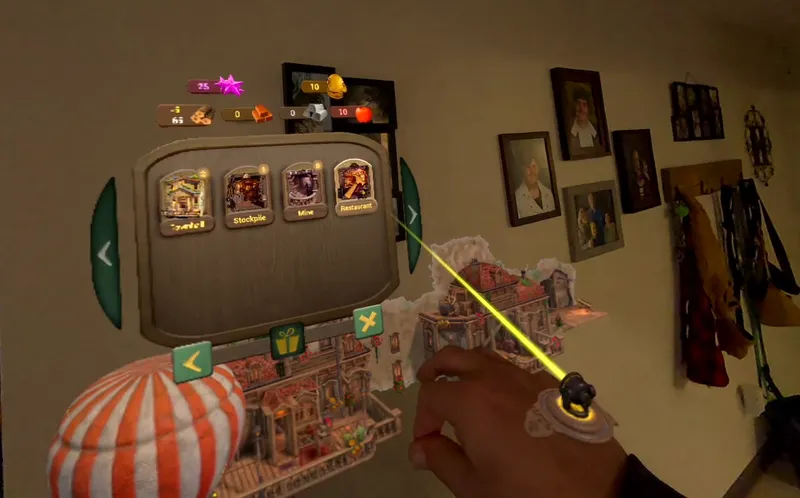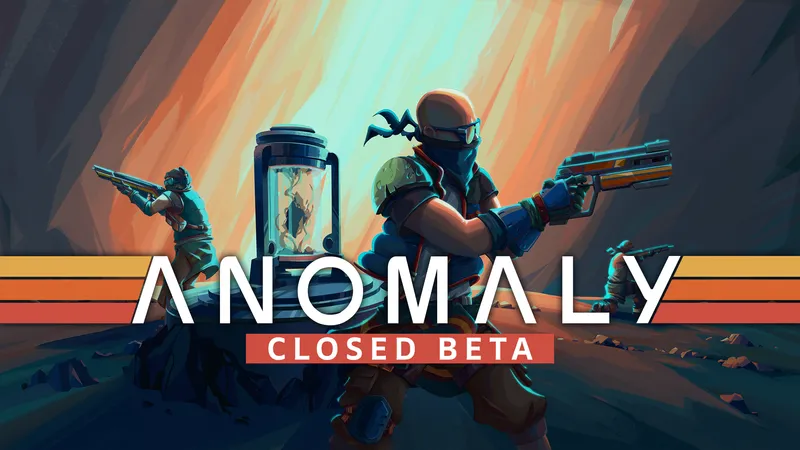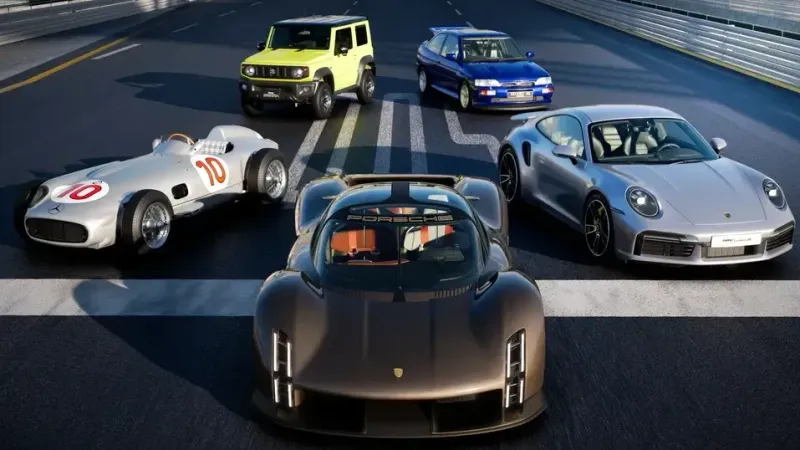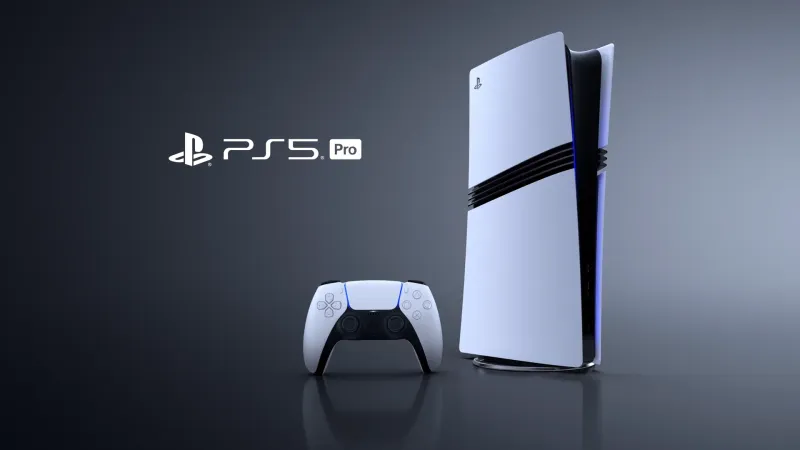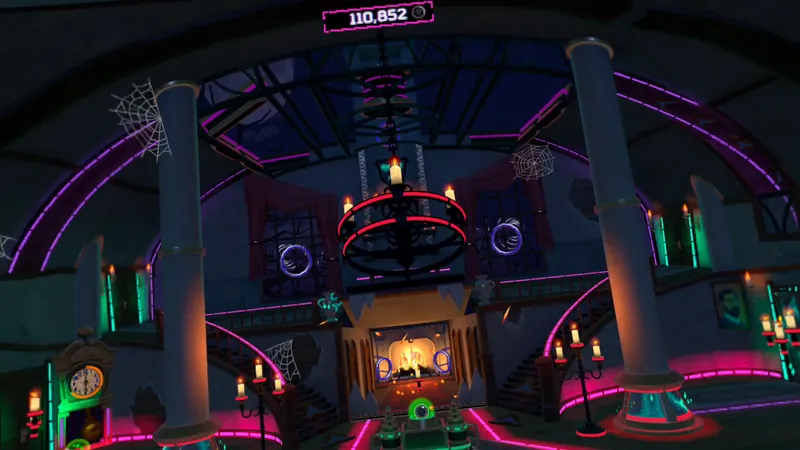Emergent VR announced today that they have raised $2.2 million to build a mobile platform for capturing and sharing 360º ‘memories.’
Founded by the same team that started Condition One, Peter Wilkins and Chris Wheeler, Emergent VR has developed a platform where users can capture high resolution 360º content using only the rear camera on one’s cell phone.
“This is the killer app for VR that people have been waiting for,” says Kobie Fuller, a partner in the firm that lead the round and a personal early investor in Oculus.
Zero Point Official Trailer from Condition One.
Users will be able to scan the area they are in similar to how one might take a panoramic photograph. The image is then stitched together automatically by the software and outputted at a resolution that is “consistently higher than traditional 360º video and will be coming much closer to the ideal resolution for VR displays.” In a demo that I was given, the output had 6K horizontal resolution, but that resolution is dependent on the camera, HMD and version of Emergent’s software that you are using.
But that is only one part of what Emergent VR is doing, it is what they are doing with video within these images that strikes me as interesting. Rather than just capturing a single still 360º image, Emergent’s platform, codenamed Mobius, allows you to add seamlessly video within the scene.
The capture, Wilkins says, takes “about two minutes,” and is something he says anyone is capable of doing – you don’t have the steady hands of a professional photographer to make the image come out looking great. Once the memory is captured, it takes only “a few minutes” of onboard processing and rendering time to produce the final scene.
![An example of one of the stills captured with Emergent VR's platform. [Full resolution]](https://www.uploadvr.com/content/images/2015/10/RoysRedwoodsPano.jpg)

Emergent VR’s capture system allows you to place standardly recorded video within 360º image and blend it with the rest of the scene. The result is something where the center of your focus is on the motion, and the brain does some funny stuff that fills in the rest of your field of view. As I was drawn into the scene in motion my brain perceived the rest of the environment to be just as lively for a moment, until I concentrated and broke the illusion. It’s funny just how much the brain does when one is in VR.
According to Wilkins, you will be able to import multiple videos within a single 360º scene. This is interesting especially with the advent of quadrophic audio in applications like MilkVR that allows you to separately record audio for each of the four quadrants within a 360º video, making it possible to have four concurrent scenes.
Facebook recently introduced 360º video playback to its platform and Emergent VR hopes to enable creation within that sphere for the general public with any smartphone, enabling the kind of casual, social content creation that VR needs to catch on with a mainstream audience.
Emergent VR is aiming to release a beta of their platform “by the holidays,” and plans to do a full release alongside the release of the major headsets next year.

